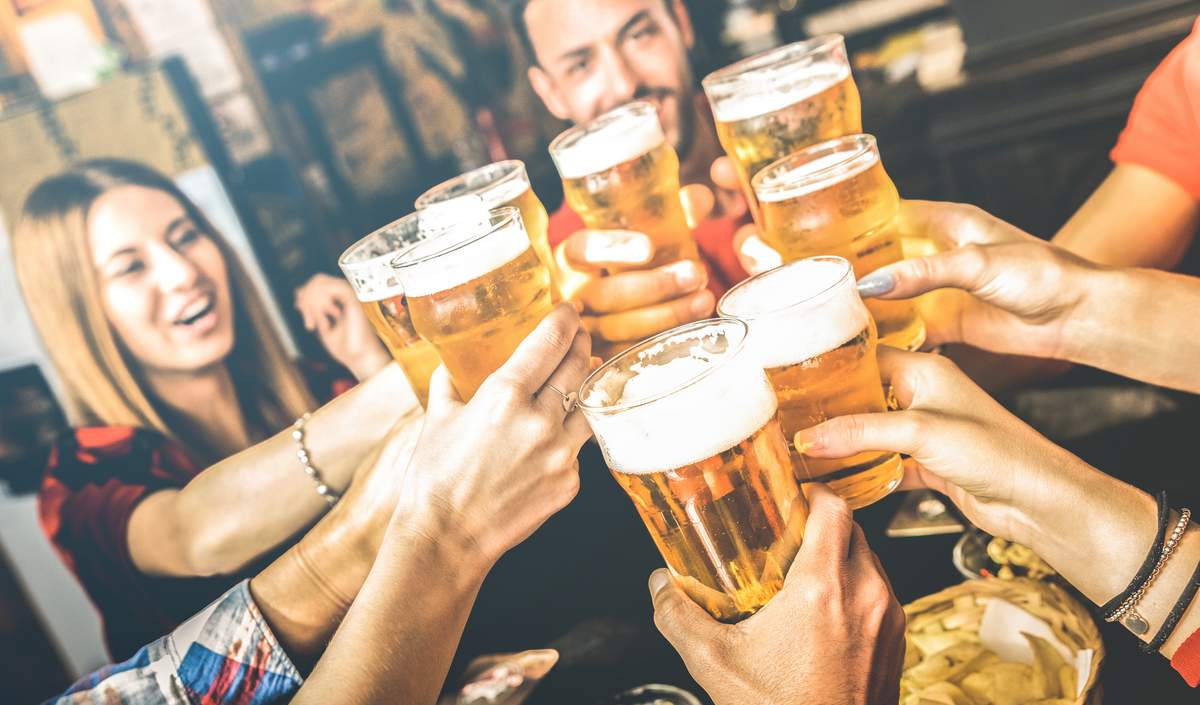
We ran a report from a Beer Institute poll that said drinking habits seemed mostly unchanged during the pandemic — in stark contrast to the widely held assumption that most people were at home boozing hard-time. According to research conducted by Echelon Insights on behalf of the Beer Institute, a survey “found that a majority of those polled reported drinking about the same amount of beer, and with approximately the same frequency, since the pandemic began.”
We won’t dispute those findings (as beer volumes are down), but as a counterpoint, let’s take a look at the entire alcohol market via this just released IWSR Drinks Market Analysis. If you don’t know, IWSR is a data and intelligence company focused on the global beverage alcohol markets. According to new findings from IWSR’s Drinks Market Analysis (find it here), total beverage alcohol volume in the United States last year was up a whopping +2 percent, marking the largest gain for alcohol consumption in the country since 2002. But there’s more: IWSR research shows that year-to-date 2021 performance in the United States is still higher than 2019, with the year expected to end at +3.8 percent growth in volume and +5.5 percent increase in value. What’s the reason for all this? One word…
“A key driver of US beverage alcohol consumption is flavor,” says Brand Rand, IWSR’s COO of the Americas in the press release:. “Flavored subcategories — from beer to vodka to U.S. whiskey — are significantly outperforming traditional non-flavored sub-categories. Flavor is also the top consumer driver of the fast-growing ready-to-drink [RTD] category, and that’s likely creating a halo effect on total alcohol as well.”
Of course, most of this alcohol growth is not in beer. It’s in agave-based spirits, RTDs, low-alcohol wines and other trending beverage alcohol categories. Let’s recap the report (via the press release):
No- and low-alcohol beer is a bright spot for the category
Beer continued annual volume declines with a -2.8 percent loss in the United States in 2020, as volume gains in imported beer (+3.1 percent) weren’t enough to sustain losses in domestic beer volume (-4.4 percent). Imported beer grew market share, nonetheless, at 21.8 percent, up from 20.6 percent in 2019. No- and low-alcohol beer proved a bright spot for the category, however, and the category is expected to continue to grow. Volume consumption of no-alcohol beer is projected to outpace that of low-alcohol beer, with no-alcohol beer forecast to grow by volume CAGR of +23.6 percent, 2021 to 2025. Additionally, flavored beer grew +10.4 percent in the United States last year, driven by cheladas and radlers.
Spirits market in the US posts largest volume increase since 1990
The U.S. market posted the largest volume increase (+4.6 percent) for the spirits category since 1990, with value increasing +7.7 percent. Within the category, agave-based spirits grew +15.9 percent in volume in 2020, overtaking rum to be the third largest spirits category in the United States, behind vodka and whisky. Cognac/Armagnac was also a big winner last year, posting volume gains of +20.1 percent. Both categories are expected to continue their growth path over the next 5 years.
The whisky category showed mixed results, as tariffs negatively impacted single malt Scotch (-6.1 percent in volume) while bar and restaurant closures dragged down Irish whiskey (-0.5 percent). Last year marked the first time on record that these two sub-categories post volume declines in the United States. Overall, total whisky volumes grew +4.9 percent, led by Japanese, Indian and U.S. whiskies, in that order. The whisky category’s growth, however, is outpacing vodka, with total whisky expected to be larger than total vodka in volume consumption by 2022.
No- and low-alcohol spirits are being driven by alcohol-free spirit alternatives and spirit-adjacent products that focus on mood-enhancing properties like adaptogens. Though trending from a small base, no-alcohol spirits are expected to end 2021 up +31.4 percent in the United States.
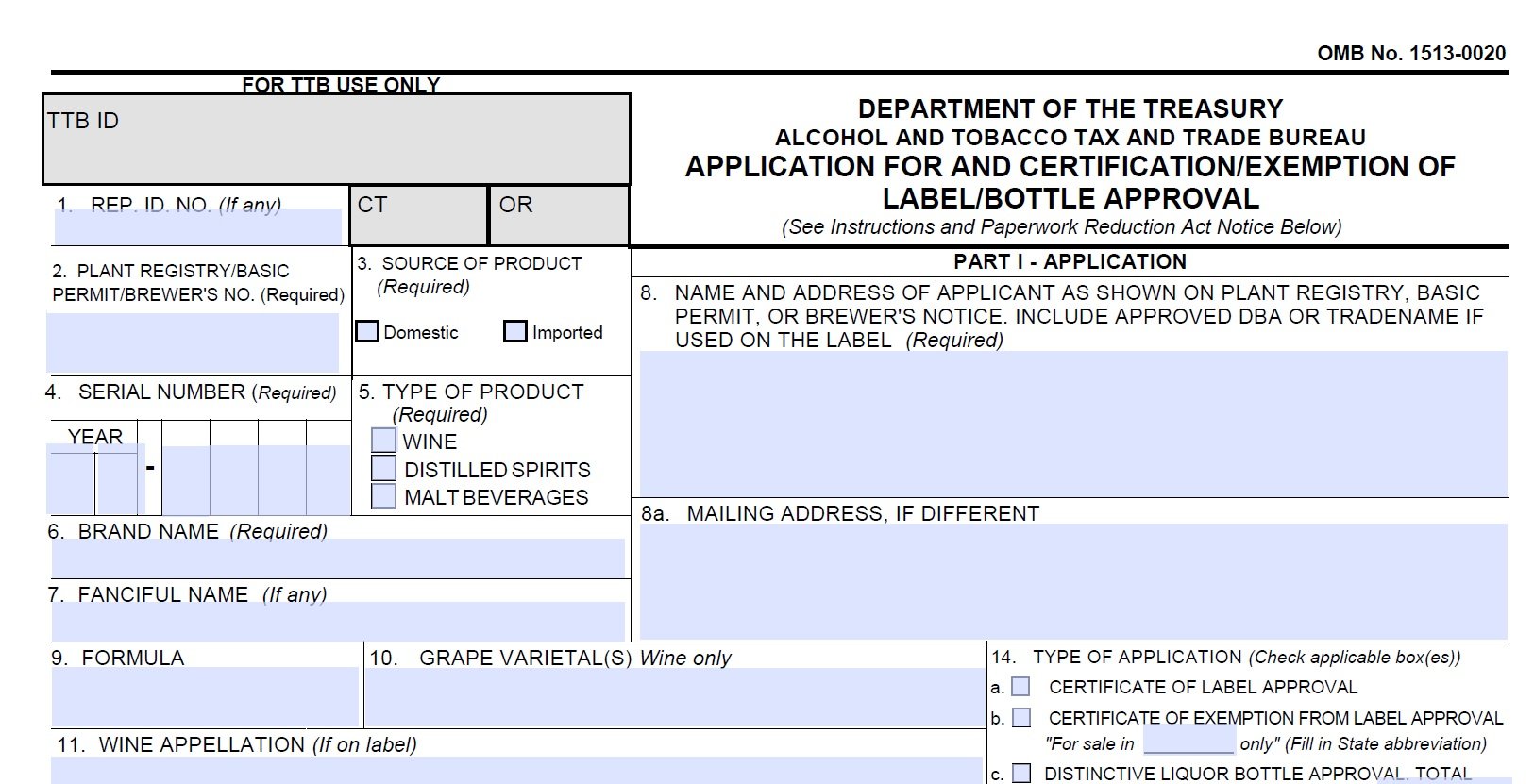
Wine resonates with consumers during lockdowns
Total wine in the United States grew slightly at +0.7 percent by volume and +1.5 percent by value in 2020, reversing the volume declines seen in 2019. Both still and sparkling wine volumes were up +0.8 percent, but still wine is forecast to go back to softening declines as RTDs and spirits grow at faster rates. Despite a non-celebratory 2020, sparkling wine managed to post growth, with Prosecco (especially rosé expressions) making up for declines in Champagne consumption.
Low-alcohol wine volumes more than doubled in 2020 in the United States, with major brands entering the category offering lower calorie and lower sugar options in sessionable ABVs — a direct response to RTD occasion overlap pressure. Imported wine volumes grew more than domestic U.S. wine (+2.5 vs +0.3 percent) from markets such as Chile, Italy, and New Zealand, which did not have tariffs in place. RTDs set to become second largest beverage alcohol category in the United States, in terms of volume consumption.
The biggest gains in beverage alcohol consumption in the United States last year were seen across the RTD category (which includes the popular hard seltzer sub-category), making RTDs more sizable in volume than total spirits in the United States, and by the end of 2021, larger than total wine. RTDs grew +62.3 percent by volume in 2020, led by hard seltzers which grew +130 percent. Hard seltzers represent 56.7 percent share of the total RTD category in the United States, followed by flavored alcoholic beverages (FABs) (25.9 percent share) and ready-to-drink cocktails/long drinks (6.9 percent).
“Though the cocktail/long drink sub-category is still comparatively small by volume, the segment grew +52.7 percent in 2020 with canned cocktail growth spurred by on-premise closures and the on-premise pivot to ‘drinks to go,’ as well as more at-home consumption and outdoor socialization,” notes Rand.
The IWSR has tracked a rise in more spirit-based RTD launches at a higher price point due to taxes in the United States, but volumes remain small compared to the traditional malt-based segment. However, several U.S. states have recently passed or are reviewing legislation to reduce spirit-based RTD tax reductions.
The overall RTD category shows no signs of slowing down – IWSR expects RTDs to grow to be 22 percent volume share of total beverage alcohol by 2025 (up from 9.6 percent share currently).

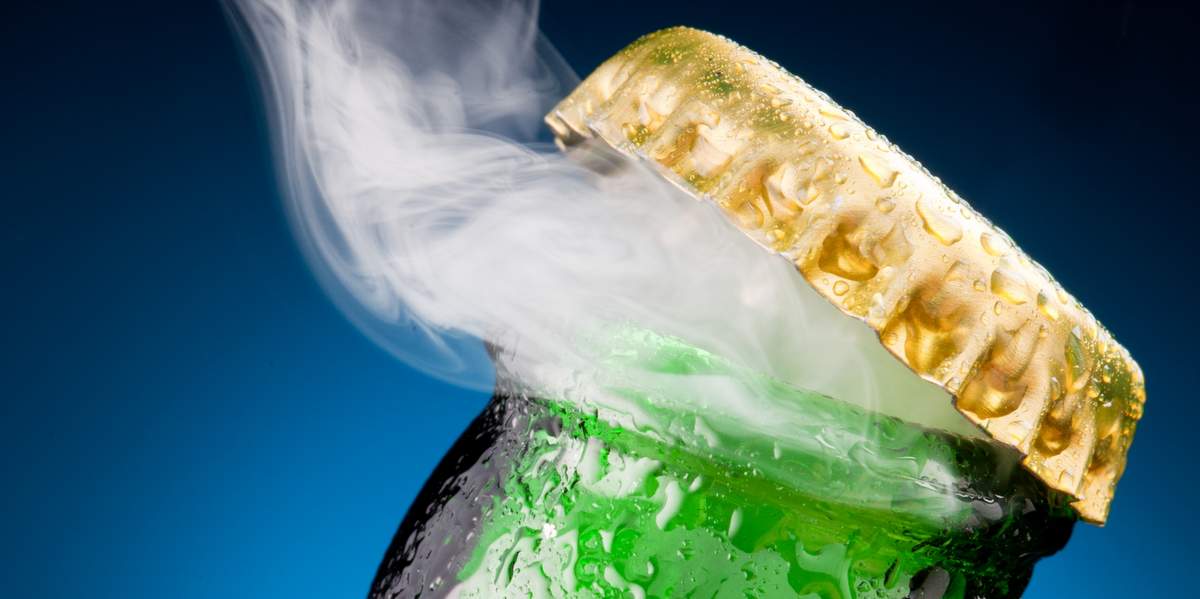
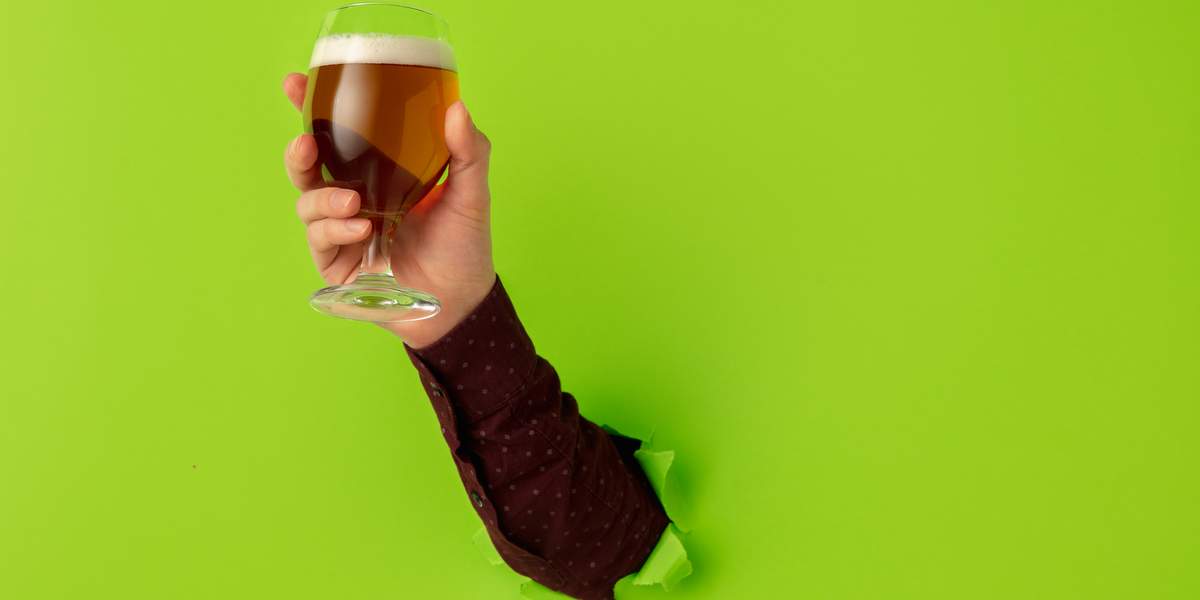
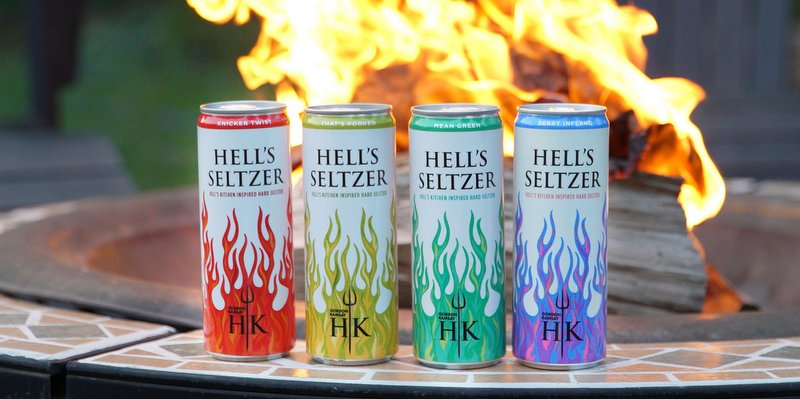
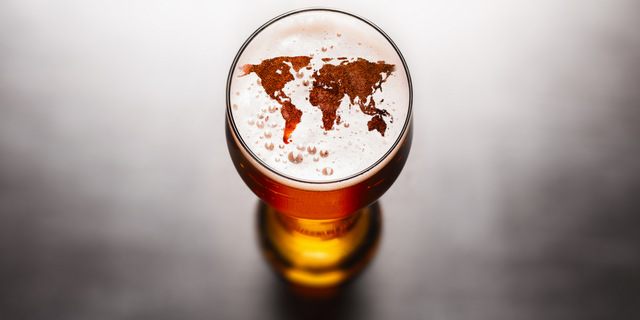
Leave a Reply
You must be logged in to post a comment.